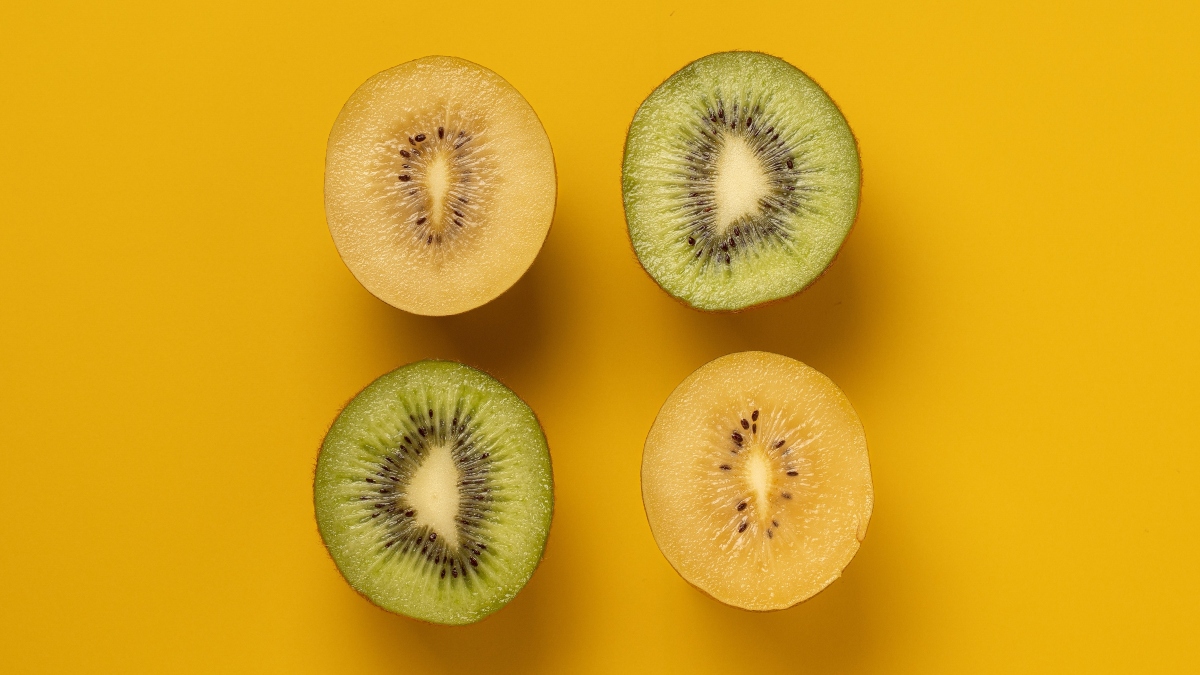Kiwis Decoded: What Do Kiwis Taste Like and Just How to Delight in Them
A Deep Study Kiwi Cultivation: Unveiling the Methods, Difficulties, and Prospective for Sustainable Farming
In this article, we will take you on a deep dive right into the techniques, obstacles, and potential for sustainable farming in the globe of kiwis. Discover the optimum growing conditions, innovative growing strategies, and the lasting techniques that can unlock the complete capacity of kiwi farming.
Optimum Expanding Problems for Kiwi Plant Kingdoms

Cutting-Edge Cultivation Strategies
General practitioner technology enables for exact mapping and monitoring of the kiwi creeping plants, optimizing irrigation and fertilizing techniques to ensure that each plant receives the needed nutrients and water. An additional sophisticated technique is vertical farming, which entails expanding kiwi plants in stacked layers using man-made illumination and climate-controlled atmospheres. By welcoming these sophisticated techniques, kiwi farmers can accomplish higher productivity, enhance source use, and add to lasting farming practices.
Obstacles Encountered by Kiwi Farmers
Encountering numerous challenges, kiwi farmers must browse through different barriers to make certain effective growing and lasting farming practices. Among the major difficulties they face is climate variability. Kiwi plants need a details environment to flourish, with cozy summers and cool wintertimes. Uncertain weather condition patterns, such as extreme temperature levels, frost, and drought, can disrupt the development and advancement of kiwi crops. Farmers have to frequently keep track of weather prediction and execute strategies like watering, frost security, and color fabric to mitigate the adverse impacts of environment irregularity.
One more considerable obstacle for kiwi farmers is parasites and conditions. Kiwi creeping plants are vulnerable to a range of pests, consisting of termites, aphids, and thrips, which can harm the leaves and fruit.
In addition, kiwi farmers encounter labor and labor expense problems. Kiwi view growing requires labor-intensive activities, such as trimming, trellising, and harvesting. Finding experienced laborers who are educated concerning kiwi farming strategies can be difficult. Labor prices can be high, particularly during peak seasons. Farmers require to buy training programs, automation, and efficient labor management strategies to optimize performance and minimize labor costs.
Lasting Farming Practices for Kiwi Growing
:max_bytes(150000):strip_icc()/Kiwi-berries-2000-d21fd20527e2408a8966f3a23a99f05a.jpg)
To ensure sustainable kiwi growing, you can carry out a series of techniques that promote environmental stewardship and long-term practicality of your farm. One crucial method is making use of natural fertilizers and parasite monitoring strategies. By avoiding synthetic chemicals and instead selecting natural alternatives, you can minimize the unfavorable effect on dirt wellness and biodiversity. Furthermore, it is crucial to exercise liable water administration. Kiwi plants need a considerable amount of water, but excessive watering can bring about water waste and dirt disintegration. see this site Executing efficient watering systems, such as drip watering or precision sprinklers, can help preserve water and maximize its usage. One more sustainable farming practice is using cover plants. These plants not only help prevent dirt erosion but also improve dirt fertility by adding raw material and dealing with nitrogen. Applying incorporated pest management methods can substantially lower the need for chemical pesticides. By motivating natural killers, using pheromone catches, and exercising crop rotation, you can effectively manage pests while decreasing environmental harm. Lastly, taking on sustainable power practices, such as making use of solar power or investing in energy-efficient modern technologies, can reduce your ranch's carbon footprint and add to an extra sustainable kiwi farming system.
Unlocking the Potential of Kiwi Farming
By carrying out lasting farming practices, you can open the complete potential of kiwi farming while lessening ecological influence. Kiwi farming has enormous possibility for development and productivity, yet it also comes with its own set of challenges. To fully unlock this possibility, it is crucial to adopt sustainable techniques that not only maximize return and quality but also ensure long-term stability.
One trick facet of opening the potential of kiwi farming is optimizing irrigation methods - what do kiwis taste like. Kiwi plants need a particular quantity of water to flourish, and by utilizing efficient irrigation systems such as drip irrigation or accuracy sprinklers, you can minimize water waste and reduce the risk of waterlogging or soil disintegration
An additional crucial element is soil health administration. Healthy and balanced and fertile dirt is necessary for the development and development of kiwi plants. By implementing methods such as cover cropping, plant turning, and organic fertilizing, you can enhance soil framework, improve nutrition availability, and minimize the demand for chemical inputs.
In addition, integrated parasite administration (IPM) techniques are critical in unlocking the possibility of kiwi farming. By embracing IPM approaches such as biological pest control, scent traps, and plant monitoring, you can successfully manage parasites and illness while decreasing the usage of chemical pesticides.
Conclusion
In conclusion, kiwi growing holds terrific possible for lasting farming practices. With you can try these out ideal expanding problems and an emphasis on sustainable practices, kiwi farming can prosper while minimizing ecological influence.
Discover the optimal growing conditions, sophisticated cultivation techniques, and the sustainable methods that can open the complete capacity of kiwi farming. By accepting these cutting-edge techniques, kiwi farmers can accomplish higher performance, maximize source usage, and contribute to sustainable farming methods.
Encountering various obstacles, kiwi farmers should browse with different challenges to make sure successful cultivation and sustainable farming practices.By executing sustainable farming practices, you can open the complete possibility of kiwi farming while decreasing ecological influence.In conclusion, kiwi cultivation holds terrific prospective for sustainable farming practices.